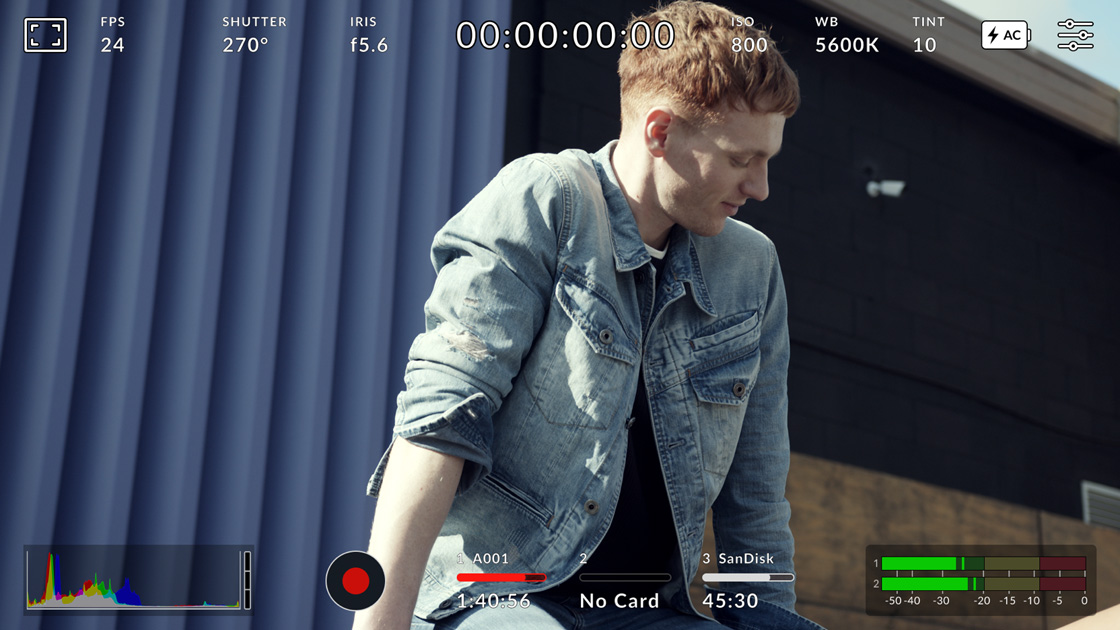
Because of this change, there may be differences in appearance to your existing content. With Unreal Engine 4.15, the Filmic tonemapper using the ACES standard is enabled by default. The filmic response looks like a natural camera effect if you were to increase its exposure. The spheres become really bright as a solid color, but you can't necessarily tell that they have a high exposure value, whereas the filmic tonemapper takes this into account. The sphere using the legacy tonemapper will start to have their colors blend with the shading. The spheres in the filmic example will continue to have shape to their color and shading, even as they appear to look brighter. Also, a value of three means that the processed image will be eight times brighter than the default value of 0 shown in the previous example above.Īs the exposure level is increased, the difference between the filmic and the legacy tonemapper will become more apparent.

In this comparison, the Exposure Bias has been increased to a value of 3 so really show the response of the Filmic tonemapper compared to the legacy tonemapper implementation. As color gets tone mapped, if the final color is bright enough to start saturating the film / sensor, it will become white.

Two places you'll immediately notice a difference is with Bloom and Exposure Levels.Įmissive values are now physically correct so that as the emissive power increases the color will become lighter, similarly to how colored lights work in the real world. The filmic tonemapper also uses the same global tonemapper that was previously used in Unreal Engine, with the exception that there is now a filmic response meaning that the S-curve shape now better simulates film stock for a better overall look. This ensures that consistent color is preserved across multiple formats and displays while also as a way to future proof the source material since it will not have to be adjusted for each medium that comes along. The Filmic tonemapper that is used with Unreal Engine matches the industry standard set by the Academy Color Encoding System (ACES) for television and film. The process of tone mapping can be thought of as a way to simulate the response that film has to light. This is the last stage of post processing that is done after the normal rendering during post processing.

The purpose of the Tone Mapping function is to map the wide range of high dynamic range (HDR) colors into low dynamic range (LDR) that a display can output.

Within the Unreal Engine, the term Color Grading covers the Tone Mapping function (HDR to LDR transformation) that is used with High Dynamic Range (HDR) display output and further the color correction (LDR color to screen color transformation) processing of the image. Academy Color Encoding System (ACES) Filmic Tonemapper


 0 kommentar(er)
0 kommentar(er)
